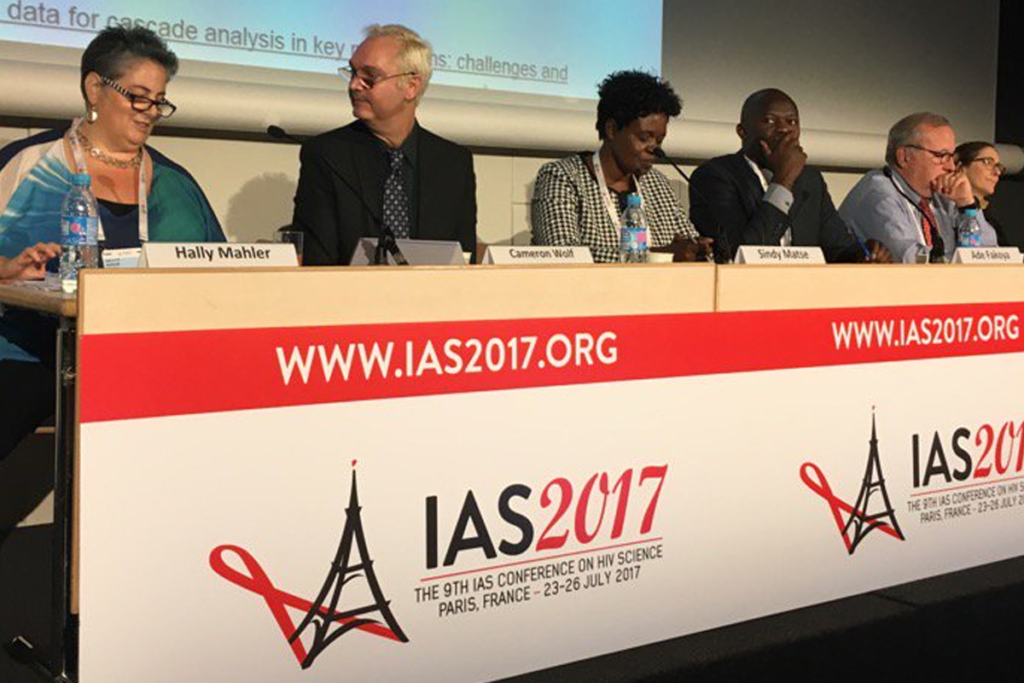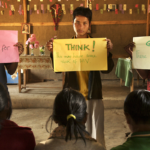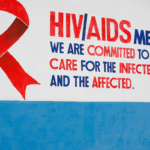The International AIDS Society (IAS) Conference on HIV Science (IAS 2017) in Paris last week brought together over 6,000 scientists, clinicians, public health practitioners and officials to review the state of the science intended to control and eventually end the HIV/AIDS epidemic. The central thrust of the global effort to control the epidemic is achieving the 90-90-90 targets set by the Joint United Nations Programme on HIV/AIDS (UNAIDS). These targets state that, by 2020, 90% of those living with HIV know their status, 90% of known HIV-positive individuals receive sustained antiretroviral therapy (ART), and 90% of individuals on ART have durable viral suppression. We know that HIV-infected persons with viral suppression, while not cured, do not transmit HIV infection – hence the focus on treatment, which is prevention.
While some countries have made encouraging progress, we are far short of the global 90-90-90 targets, and worse, there were 1.8 million new HIV infections in 2016. We need science to inform the way forward to reach the targets. In this post, I will report on some of the conference presentations around two major themes:
1. generating and applying evidence to optimize the use of current tools, and
2. developing new and improved methods for HIV prevention, care and treatment.
Generating evidence through implementation science
Another HIV testing strategy highlighted at the conference by Shona Dalal from WHO is the use of assisted partner notification, where the partners of HIV-infected people are identified and efforts made to offer HIV testing. Long used for other sexually transmitted infections and for HIV in many developed countries, this strategy is now being explored by new studies in Africa where the HIV burden is greatest.
Preventing and treating HIV among key populations at risk for HIV infection (including men who have sex with men [MSM], transgender persons, sex workers and persons who inject drugs) is central to HIV epidemic control. USAID’s and PEPFAR’s flagship key populations project LINKAGES held two sessions that reviewed the evidence from implementation science studies designed to improve the HIV prevention and treatment cascade in diverse settings and develop innovative, context-specific strategies to achieve the 90-90-90 targets for key populations.
A great deal of evidence is being generated, especially in Africa, on a newly emerging strategy to achieve the second and third 90s: differentiated care for persons living with HIV. This strategy customizes care and treatment approaches for persons at varying stages of HIV infection and for the different settings where they live. By making HIV care and treatment more client centric, higher rates of linkage to care, retention on treatment, and viral suppression can be achieved. Customized care should be more cost effective which will be essential to achieving universal access to treatment.
Using science to develop new tools
In addition to improved methods for care and treatment of HIV-infected persons, it is essential that we develop improved prevention methods for uninfected persons. The use of ARVs for pre-exposure prophylaxis (PrEP) for at-risk HIV-negative persons is gaining momentum as programs scale-up. In 2012, the U.S. Food and Drug Administration (FDA) licensed use of the oral ARV combination pill Truvada for PrEP (Truvada is also a component of ART for HIV-infected persons). Truvada PrEP, when taken daily, is highly effective for prevention, especially among MSM. However, many people do not like taking pills daily. To address this challenge, alternative strategies are being evaluated including an intravaginal ring containing the ARV dapivirine and the use of LA injectable cabotegravir. Raphael Landovitz from UCLA presented the findings of the HPTN 077 trial of LA injectable cabotegravir indicating that this new agent was safe and well tolerated. The product will be evaluated in two large-scale efficacy trials among MSM globally (HPTN 083) and among women in Africa (HPTN 084). Also on the horizon for delivering ARVs for PrEP is a sub-dermal implant, similar to contraceptive implants that last for several years.
The ultimate HIV prevention tool would be a safe and effective vaccine. Unfortunately, efforts to date have yielded only very modest HIV protection from a vaccine. There is great excitement about the use of broadly neutralizing (HIV-killing) antibodies (bnAbs) to prevent HIV infection and to inform the design of a vaccine that could result in the production of bnAbs. The U.S. National Institutes of Health (NIH) is supporting two large efficacy trials of bnAbs (given by intravenous infusion) for prevention in men globally and in women in Africa. Results from these studies will guide the field forward, hopefully informing the design of improved vaccines or yielding a practical strategy for administering bnAbs by injections that last several months.
This is an exciting time for HIV science. Advances are being made on two broad fronts: 1) using science to improve the use of the powerful treatment and prevention tools we have on hand to save lives and prevent new infections, thereby controlling the epidemic; and 2) better understanding how HIV and humans interact in hopes of learning how to prevent, treat and cure HIV and one day having a safe and effective preventive vaccine.
Photo caption: IAS 2017 panel discussion focuses on HIV key populations
Photo credit: Tim Mastro/FHI 360




